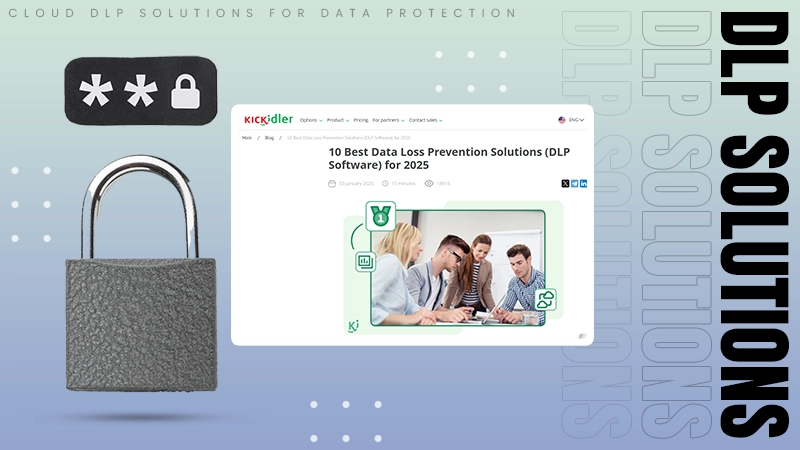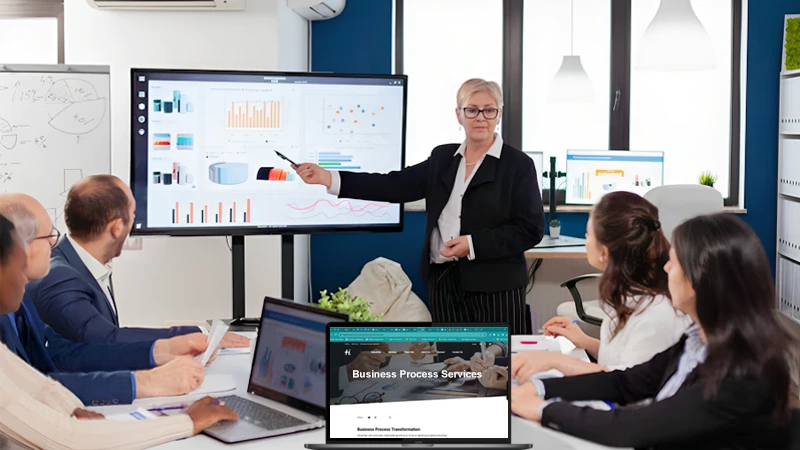Key Takeaways
- Understanding the balance between technology and human interaction is crucial in modern HR practices.
- Data-driven decisions can enhance employee satisfaction and organizational efficiency.
- The role of HR is evolving with emerging trends that reshape how businesses function.
The Shifting Landscape of Human Resource Management
In the ever-evolving realm of business, human resource management stands out as a field in constant transformation. Today’s HR managers are guardians of employee welfare and key strategists adapting to dynamic market conditions. They are challenged to seamlessly blend traditional interpersonal skills with innovative software for human capital managers designed to simplify tasks and improve organizational efficiency. As organizations continuously adapt to new workforce trends, agile HR strategies are essential to maintain a competitive edge. The balancing act between retaining the personal touch in HR while incorporating technological advancements showcases the dynamic nature of modern HR roles. It requires a nuanced understanding of organizational culture and employee needs, alongside a keen awareness of technological innovations that drive productivity and engagement.
Integrating Technology into HR Practices
Technology has revolutionized how businesses approach human resource functions, significantly altering traditional frameworks. From recruitment processes, where AI-driven systems enhance candidate filtering, to employee engagement platforms that foster real-time communication, digital tools have transformed HR tasks. The trend of HR analytics exemplifies this shift. Data analysis enables businesses to obtain insights into employee dynamics and improve decision-making processes. For example, predictive analytics can help anticipate workforce needs, allowing HR professionals to operate proactively rather than reactively. Such proactive measures can lead to optimized workforce deployment and enhanced employee satisfaction, ultimately contributing to the organization’s bottom line. However, while technology offers numerous benefits, it’s essential to ensure it complements rather than replaces personal interactions in the workplace. This integration should enhance, not eclipse, the human components central to HR roles, as personal interaction remains the cornerstone of authentic employee engagement and motivational strategies.
Emerging Trends in HR
The focus in HR is increasingly shifting towards creating an enriching employee experience as the core of business success. Trends such as flexible work arrangements, including remote work policies catering to diverse lifestyle needs, redefine the traditional workplace. These changes reflect a shift from a purely transactional view of work to one that values balance and well-being. A stronger emphasis on mental wellness reflects a growing recognition of the importance of employee psychological health in performance and satisfaction. Mental health initiatives and wellness programs are not just perks but strategic imperatives that can significantly increase workforce productivity and reduce absenteeism.
Furthermore, fostering workplace diversity is no longer just a goal but a necessity, as it brings varied perspectives and innovation to the forefront, driving competitive advantage. These trends significantly impact HR strategies, prompting organizations to develop comprehensive policies that address these evolving needs. Organizations that proactively adapt to these changes are likely to experience increased employee satisfaction and improved retention rates. The transformation is evident in how businesses are restructuring their HR departments to accommodate an ever-diverse workforce, underscoring the importance of flexibility and inclusivity in the modern workplace, which are increasingly seen as critical determinants of organizational success and sustainability.
Harnessing Data-Driven Decisions
Data-driven decision-making has become an integral part of strategic human resource management. Organizations can develop proactive strategies tailored to their workforce needs by leveraging talent analytics. This approach boosts productivity and aligns closely with employee expectations, creating a more engaged and motivated workforce. For instance, data can reveal insights about employee turnover trends and identify factors contributing to retention or resignation. By understanding these patterns, HR can implement targeted strategies to improve employee engagement and reduce attrition. Moreover, such analytics can assist in identifying skill gaps and informing training programs, ensuring that the workforce remains competent and competitive. The strategic use of data positions HR as a crucial player in achieving organizational goals, fostering a culture of evidence-based decision-making and continuous improvement. This ability to harness data effectively transforms HR from a support function to a strategic driver of business success, where its impact can be measured in compliance and sustained competitive advantage.
The Role of Communication in HR
Even with the rise of technology, communication remains at the core of effective HR management. Effective communication channels help build and strengthen engagement, trust, and morale. Regular, transparent communication fosters trust and provides a feedback loop that can drive innovation and improvement. HR professionals who excel in communication can effectively liaise between staff and management, ensuring everyone is aligned toward shared organizational goals. For example, structured feedback mechanisms allow employees to voice their concerns and suggestions, which can lead to actionable insights and enhancements in workplace policies.
Additionally, open communication channels can mitigate potential conflicts and promote a culture of inclusivity and cooperation. The human element in communication is vital for fostering a sense of belonging and engagement among employees, leading to higher job satisfaction and productivity. Ultimately, adept communication strategies strengthen the organizational fabric, creating a harmonious and transparent work environment that supports employee growth and organizational resilience. Effective communication ensures that HR teams can effectively steward the employer-employee relationship, balancing organizational priorities with employee welfare needs.
Real-World Examples of Effective HR Management
Let’s look at a practical example where a mid-sized company transformed its HR approach by embracing an open-door communication policy and integrating advanced analytics tools. The result was a remarkable 20% increase in employee satisfaction and retention. Such examples illustrate the tangible benefits of combining interpersonal skills with data-driven strategies. Another case study reveals a tech firm that implemented remote work options paired with regular virtual check-ins, resulting in a more engaged workforce and a significant boost in productivity. These cases highlight how adaptability and innovative thinking in HR management can lead to successful outcomes, showcasing the crucial role of HR in driving organizational success through strategic foresight and comprehensive planning. By focusing on tailored solutions that address individual employee needs and broader organizational objectives, HR departments can foster environments where employees thrive, contributing tangibly to the company’s growth and adaptability in dynamic market landscapes.
Conclusion
Human Resource Management is both an art and a science, requiring a strategic mix of people skills and technological prowess. As new trends and tools emerge, HR professionals must remain adaptable and forward-thinking. By embracing and integrating these changes into their strategies, businesses can maintain competitiveness and sustainability in a rapidly changing world. The evolution of HR practices reflects broader changes in societal values and expectations, underscoring the necessity for an HR framework that is responsive and resilient. As organizations strive to navigate these complexities, the effectiveness of their HR practices will be a defining factor in achieving long-term success and sustainability. Thus, HR serves as a custodian of employee welfare and a critical partner in steering organizational growth and transformation.





